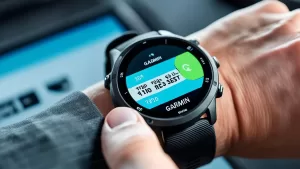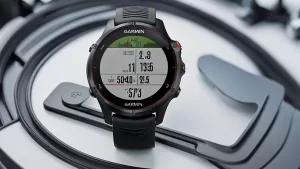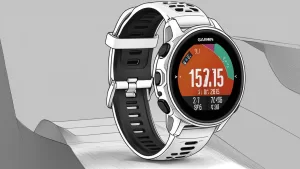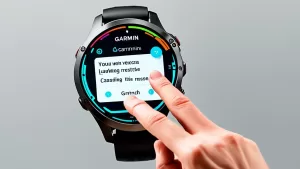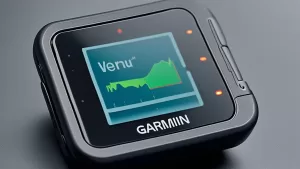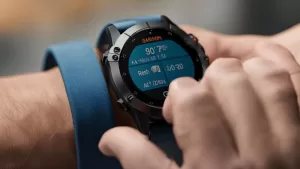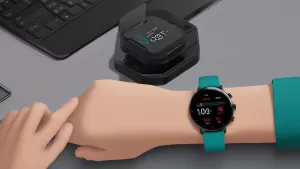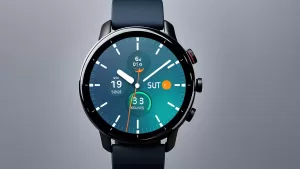Are you frustrated with the accuracy of the heart rate monitoring on your Samsung Galaxy Watch 3? Have you ever wondered if the readings are truly reliable? It’s time to unveil the truth behind this common problem and discover effective solutions to improve the accuracy of your heart rate measurements.
Heart rate monitoring is a key feature of the Samsung Galaxy Watch 3, allowing you to track your heart rate during workouts, monitor your overall health, and even detect potential health concerns. However, many users have reported issues with the accuracy of the heart rate measurements, leading to frustration and doubt.
But why is the heart rate monitoring on the Samsung Galaxy Watch 3 not always accurate? And what can you do to address this issue and ensure reliable readings?
Key Takeaways:
- Understand the various factors that can affect the accuracy of heart rate monitoring on the Samsung Galaxy Watch 3.
- Discover tips and techniques to improve the accuracy of heart rate measurements.
- Learn how to adjust heart rate measurement settings according to your preferences.
- Explore troubleshooting steps to fix heart rate sensor issues on your Samsung Galaxy Watch 3.
- Find out how you can monitor heart rate trends and performance over time.
Tips for Improving Heart Rate Monitoring Accuracy
If you’re facing issues with the heart rate monitoring accuracy on your Samsung Galaxy Watch 3, there are a few tips you can follow to improve the accuracy of the measurements:
1. Ensure a Proper Fit
Make sure the watch band is snug and comfortable on your wrist, as a loose fit can lead to inaccurate heart rate readings. Adjust the band to ensure a secure fit during activities.
2. Keep Your Skin Clean and Dry
Before wearing the watch, clean your wrist to remove any oils, lotions, or sweat, as these can interfere with heart rate sensor readings. Dry your skin thoroughly before putting the watch on.
3. Position the Watch Correctly
Place the watch on the top of your wrist, just above the bone, for optimal heart rate monitoring. Ensure it is positioned securely and does not move excessively during activity.
4. Avoid Heavy Movements
Rapid and heavy arm movements can cause motion artifacts and affect heart rate accuracy. Try to limit excessive arm movement during workouts or activities that may interfere with the sensor’s performance.
5. Calibrate the Heart Rate Sensor
In the Samsung Health app, you can calibrate the heart rate sensor to improve accuracy. Follow the app’s instructions to perform the calibration and optimize the measurements.
By following these tips, you can enhance the accuracy of heart rate monitoring on your Samsung Galaxy Watch 3 and ensure more precise measurements.
Adjusting Heart Rate Measurement Settings
One of the great features of the Samsung Galaxy Watch 3 is the ability to customize heart rate measurement settings according to your preferences. By adjusting these settings, you can enhance the accuracy of the heart rate monitoring on your device.
To adjust your heart rate measurement settings, follow these steps:
Step 1: Open the Samsung Galaxy Wearable app
Launch the Samsung Galaxy Wearable app on your smartphone or tablet. Make sure your Galaxy Watch 3 is connected to the app.
Step 2: Navigate to the Heart Rate settings
In the app’s main menu, find and tap on the “Settings” option. Then, scroll down and select “Health and Wellness.” Finally, tap on “Heart Rate” to access the heart rate measurement settings.
Step 3: Customize the heart rate measurement settings
Within the heart rate settings, you will find options to adjust the measurement frequency, sensitivity, and other related parameters. Experiment with these settings to find the configuration that provides the most accurate heart rate readings for you.
It’s important to note that the optimal settings may vary from person to person, so feel free to test different combinations until you achieve the desired accuracy.
Once you have made the necessary adjustments, your Samsung Galaxy Watch 3 will use the customized settings for heart rate monitoring, potentially improving the accuracy of the measurements.
Remember to regularly check the heart rate readings and compare them to your actual heart rate to evaluate the accuracy of the measurements.
Next, we will explore some troubleshooting steps that can help you address heart rate sensor issues on your Samsung Galaxy Watch 3.

Troubleshooting Heart Rate Sensor Issues
If you are experiencing persistent issues with the heart rate sensor on your Samsung Galaxy Watch 3, don’t worry. There are several troubleshooting steps you can try to resolve the problem.
First, ensure that the sensor on the back of the watch is clean and free from any dirt, sweat, or debris. Use a soft, lint-free cloth to gently clean the sensor area, avoiding any harsh chemicals or abrasive materials that could damage the device.
If cleaning the sensor doesn’t resolve the issue, you can try restarting your Samsung Galaxy Watch 3. To do this, press and hold the power button until the restart option appears on the screen. Select the restart option and wait for your watch to reboot.
Another troubleshooting step is to check your watch’s software and firmware for any updates. Outdated software can sometimes cause issues with the heart rate sensor. To check for updates, open the Galaxy Wearable app on your paired smartphone and navigate to the “About watch” or “Software update” section.
If none of the above steps work, you can try resetting your Samsung Galaxy Watch 3 to its factory settings. Keep in mind that this will erase all data and settings, so make sure to back up any important information before proceeding. To reset your watch, go to the Settings menu, select “General,” then “Reset,” and finally choose “Factory reset.”
If the heart rate sensor problem persists even after trying these troubleshooting steps, it is recommended to contact Samsung support or visit an authorized service center for further assistance. They will be able to provide more personalized solutions based on your specific situation.
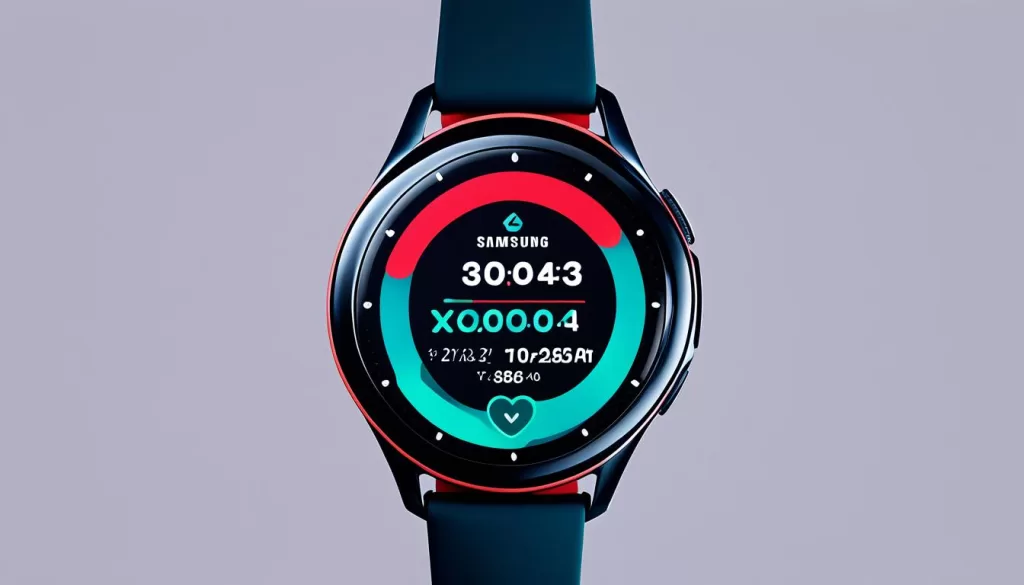
Monitoring Heart Rate Trends and Performance
When it comes to tracking your heart rate, the Samsung Galaxy Watch 3 goes beyond just providing real-time measurements. It also allows you to monitor your heart rate trends over time, giving you insight into your overall performance and fitness progress.
To access and view your heart rate data on the Samsung Galaxy Watch 3, simply navigate to the heart rate tracking feature on your device. Here, you can see a detailed history of your heart rate measurements, including average resting heart rate, maximum heart rate during exercise, and trends throughout the day.
By monitoring your heart rate trends, you can gain valuable information about the effectiveness of your workouts, the impact of your lifestyle choices on your heart health, and even identify patterns that may affect your heart rate accuracy. This can help you make informed decisions about your fitness routine and overall well-being.
Additionally, the Samsung Galaxy Watch 3 allows you to export and share your heart rate data, making it easy to track your progress over time and share it with your healthcare provider or personal trainer for further analysis or guidance.
